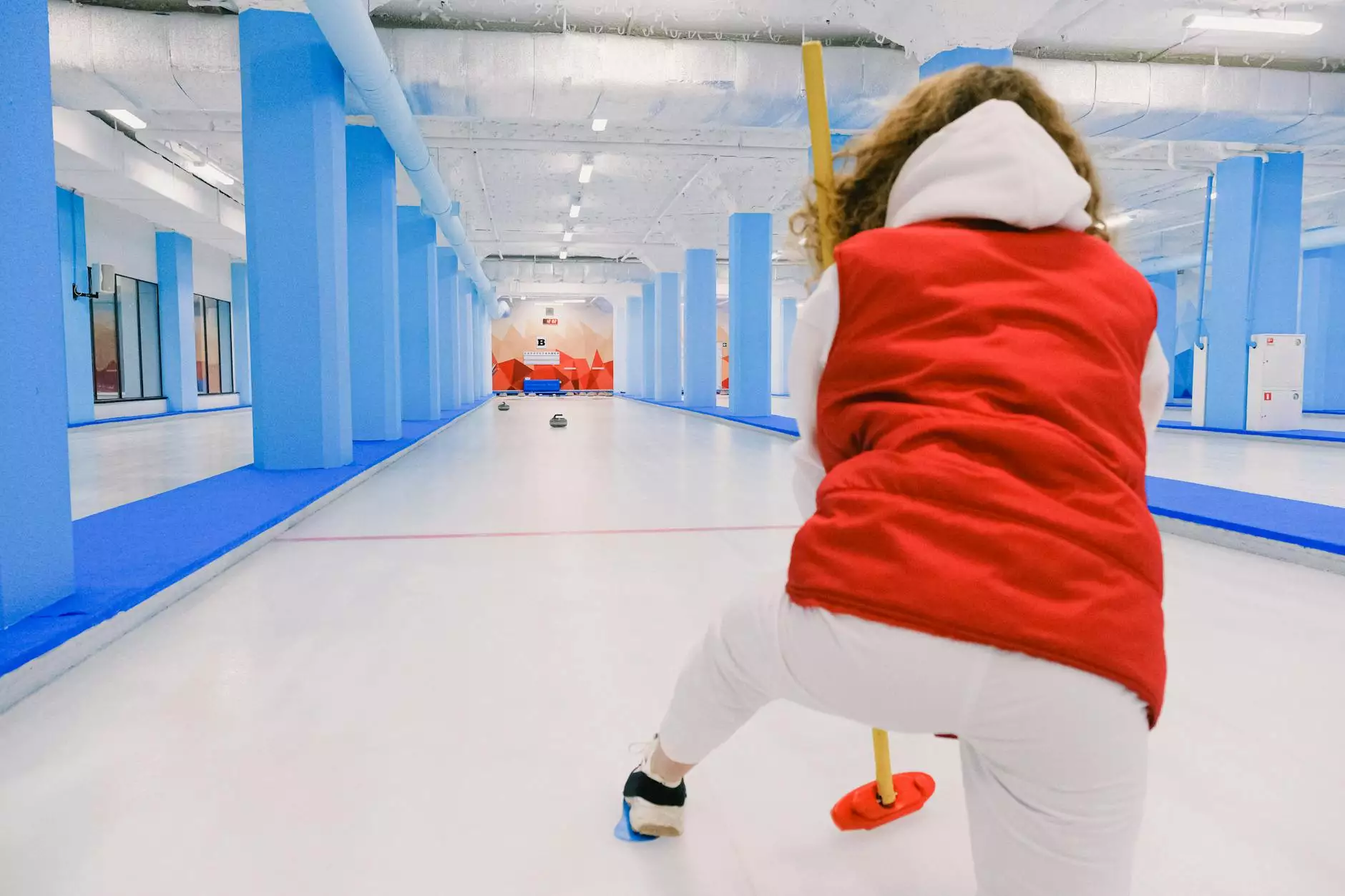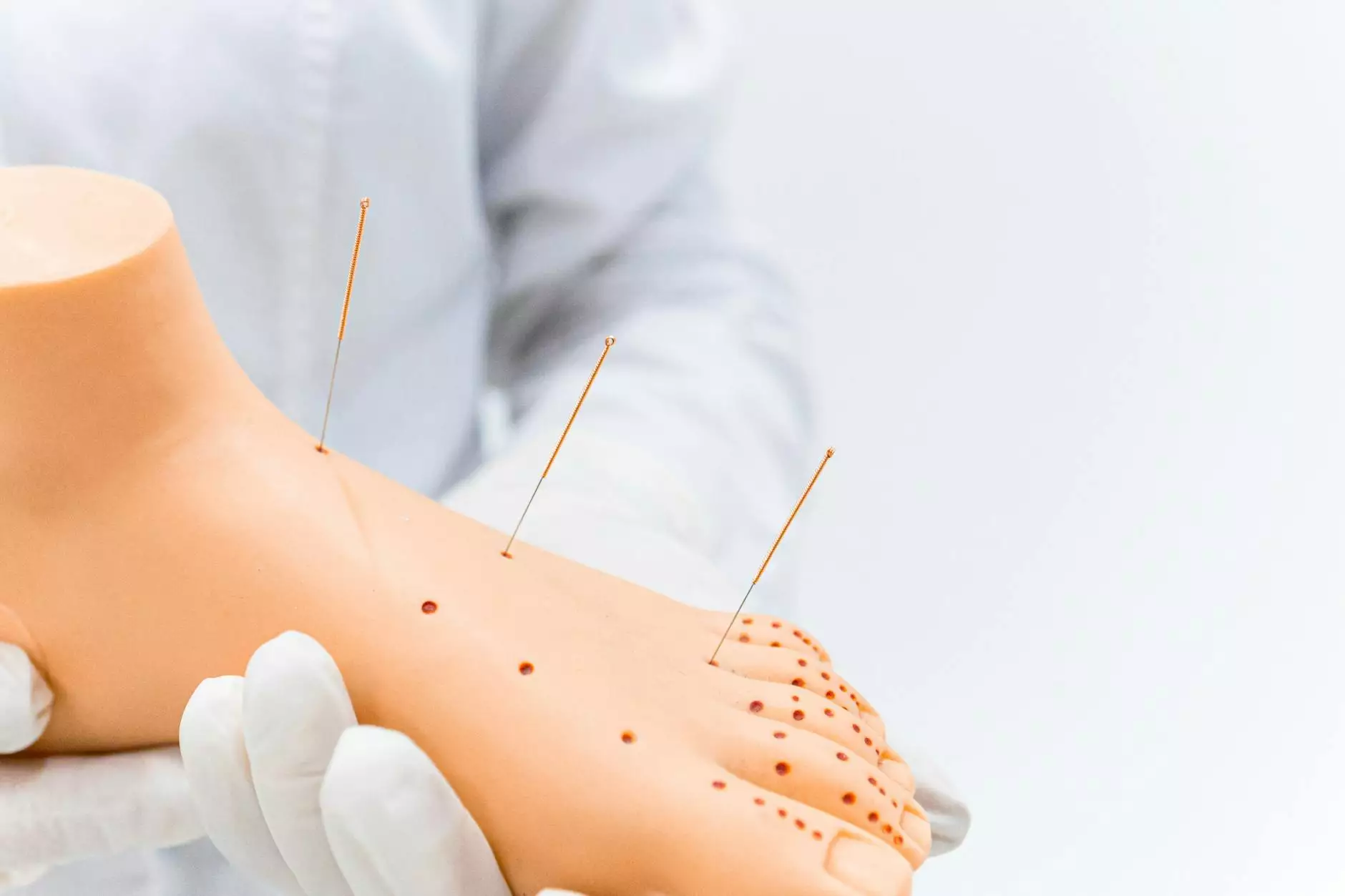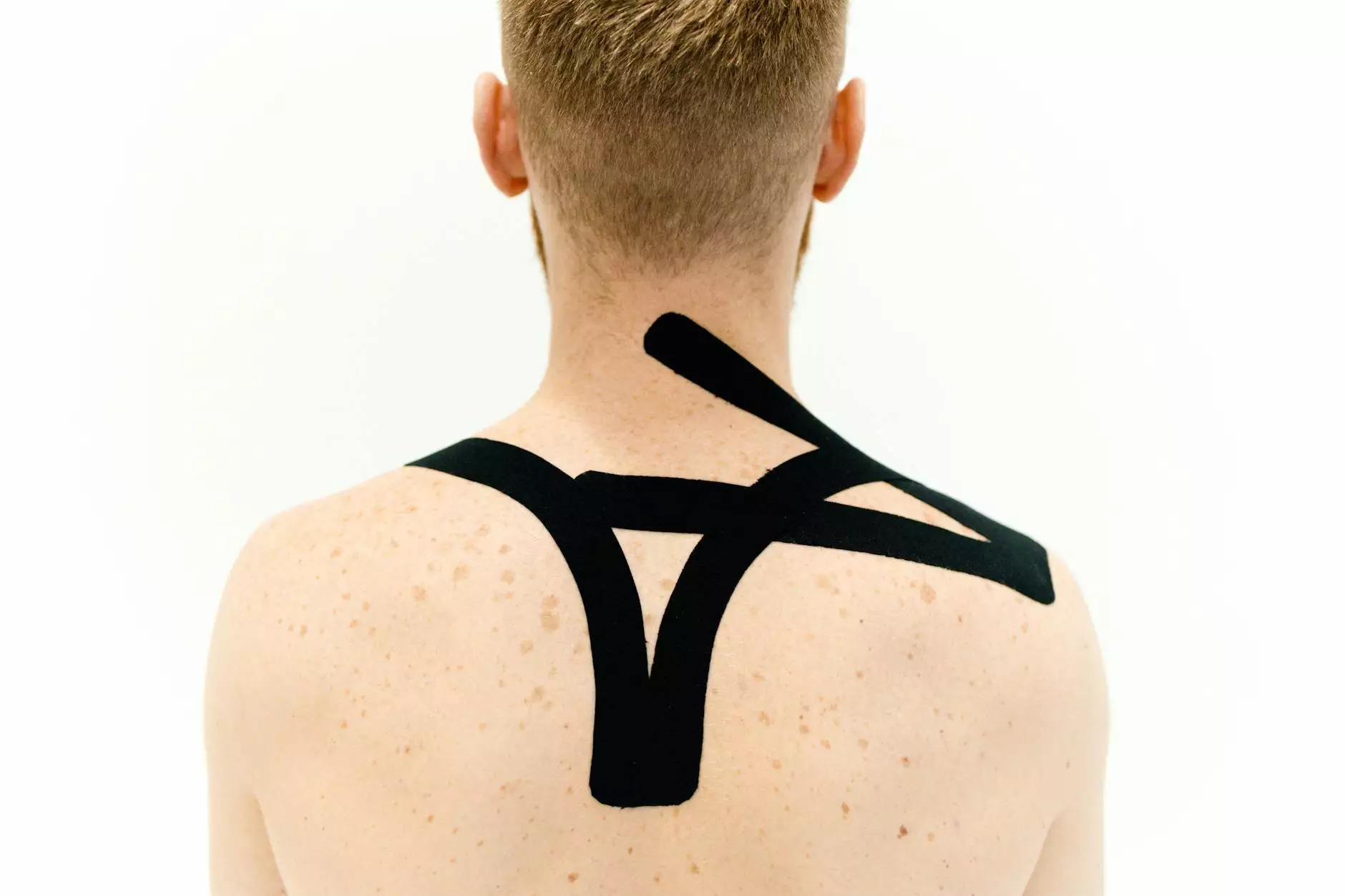Osgood-Schlatter Disease Symptoms

At Regency Square Care Center, we understand the importance of providing comprehensive information about Osgood-Schlatter disease symptoms. Our team of experts in geriatric and aging care is dedicated to ensuring that you have access to the most up-to-date, accurate information regarding this condition and its treatment options.
What is Osgood-Schlatter Disease?
Osgood-Schlatter disease is a common condition that primarily affects adolescents experiencing growth spurts. It is characterized by inflammation and pain in the area just below the kneecap where the patellar tendon attaches to the shinbone. This condition is often the result of repetitive activities, such as running, jumping, and kneeling.
Knee Pain Causes
Knee pain can have various causes, and Osgood-Schlatter disease is one of them. Understanding the potential causes of knee pain is crucial for proper diagnosis and treatment. In addition to Osgood-Schlatter disease, other causes of knee pain may include:
- Patellar tendinitis
- Knee arthritis
- Ligament injuries
- Muscle strains
- Bursitis
- Meniscal tears
It is important to consult with a healthcare professional, especially if your knee pain persists or worsens over time. They can accurately diagnose the underlying cause of your symptoms and recommend appropriate treatment options.
Common Osgood-Schlatter Disease Symptoms
Osgood-Schlatter disease is typically associated with a variety of noticeable symptoms, including:
- Pain and tenderness below the kneecap
- Swelling and inflammation
- Increased discomfort during physical activities
- A protrusion or bump just below the kneecap
- Stiffness in the affected knee
Keep in mind that these symptoms may vary in severity from person to person. If you or your loved one is experiencing any of these symptoms, it is important to seek medical attention for an accurate diagnosis.
Treatment Options for Osgood-Schlatter Disease
At Regency Square Care Center, we offer various treatment options for Osgood-Schlatter disease. The appropriate treatment plan will depend on the severity of symptoms and individual patient needs. Some common treatment options include:
- Rest and modification of physical activities
- Physical therapy exercises to strengthen the surrounding muscles
- Pain management techniques, such as ice packs and pain-relieving medications
- Bracing or taping for additional support
- In severe cases, surgical intervention may be necessary
Our experienced team of healthcare professionals will work closely with you to develop a personalized treatment plan that addresses your specific needs and goals. We understand the importance of managing pain effectively while promoting healing and recovery.
Preventing Osgood-Schlatter Disease
Although Osgood-Schlatter disease cannot always be prevented, there are steps you can take to reduce the risk. These may include:
- Gradually increasing physical activity levels
- Using proper techniques and protective gear during sports or physical activities
- Taking regular breaks and avoiding overuse of the knees
- Maintaining a healthy diet and weight
- Regularly stretching and strengthening the leg muscles
By incorporating these preventive measures into your lifestyle, you can minimize the risk of developing Osgood-Schlatter disease or experiencing a recurrence of symptoms.
Contact Us for More Information
Regency Square Care Center is committed to providing the highest level of care and support for individuals affected by Osgood-Schlatter disease. If you have any questions or would like to learn more about our services, please don't hesitate to contact us. Our team of experts is here to help you navigate this condition and provide the support you need.
Remember, early diagnosis and treatment are key to managing Osgood-Schlatter disease effectively. Don't delay seeking medical attention if you or someone you know is experiencing symptoms. Trust the experienced professionals at Regency Square Care Center to guide you on the path to recovery.










